Chapter 3. test
Introduction
Reading Visuals: Element
© 2018 Macmillan Learning
Element: Define
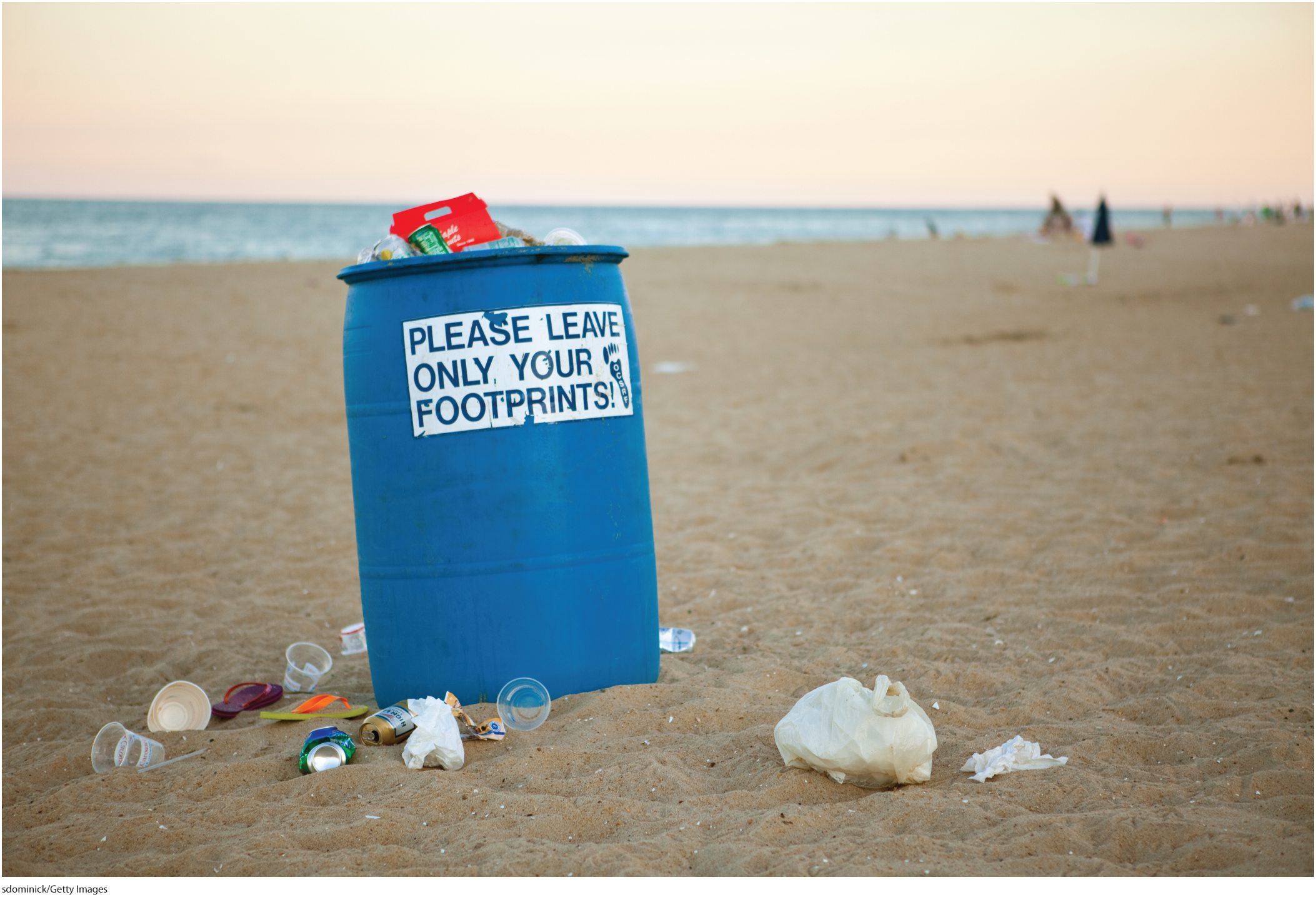
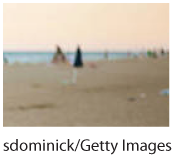
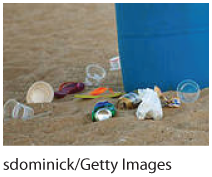
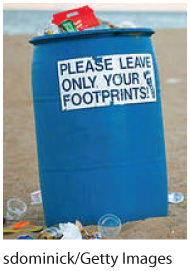
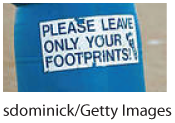
This photograph can be split into individual elements: the background, the trash on the beach, the garbage can, the spray-painted words on the side of the can. Click the thumbnails below the photograph to examine them more closely. Each of these elements can be broken down and categorized to add up to one ironic whole.
Element: Define

Credit: sdominick/Getty Images
Although this is a static photo, it is also easy to imagine adding sound to this image. As an element, sound can play an important role in guiding our reading of a text. If this photo were set to the sound of a cheering crowd, it would read differently than if it were accompanied by the sound of chirping birds.
Element: Analyze

When we break down texts into their individual elements, our analysis involves thinking about all the choices the designer, artist, or photographer had to make about these elements. Here we’ve taken an individual element—a single word—out of its larger context to help you practice thinking about the difference that seemingly simple choices like color and font make.
A graffiti typeface and lush green color give this word a human, earthy feel.
Element: Analyze
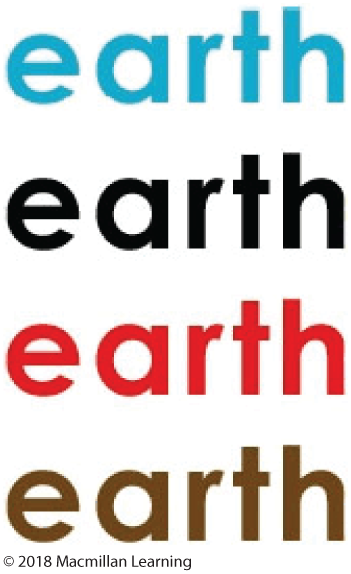
How do these different colors change the way you read this word?
Element: Analyze
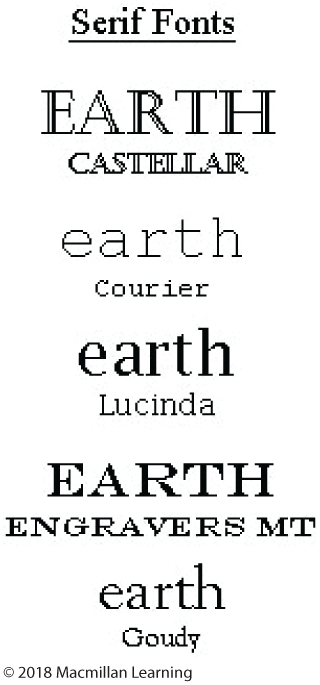
“Serif” means “feet” and these typefaces have little feet at the top and bottom of each character. Serif fonts are considered more traditional than fonts without serifs.
Element: Analyze
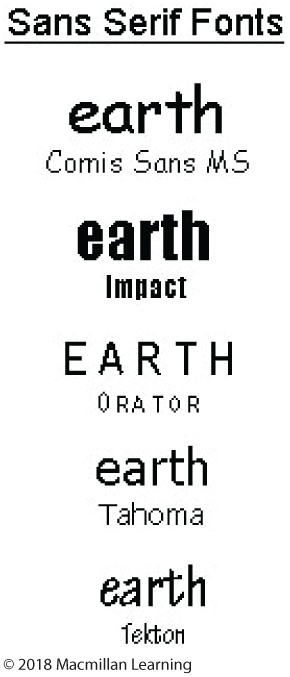
“Sans” means “without,” signifying that these typefaces do not have the feet that serif fonts have. In the history of typefaces, sans serif fonts have not been around for as long, so they appear less formal than serif fonts.
Element: Analyze
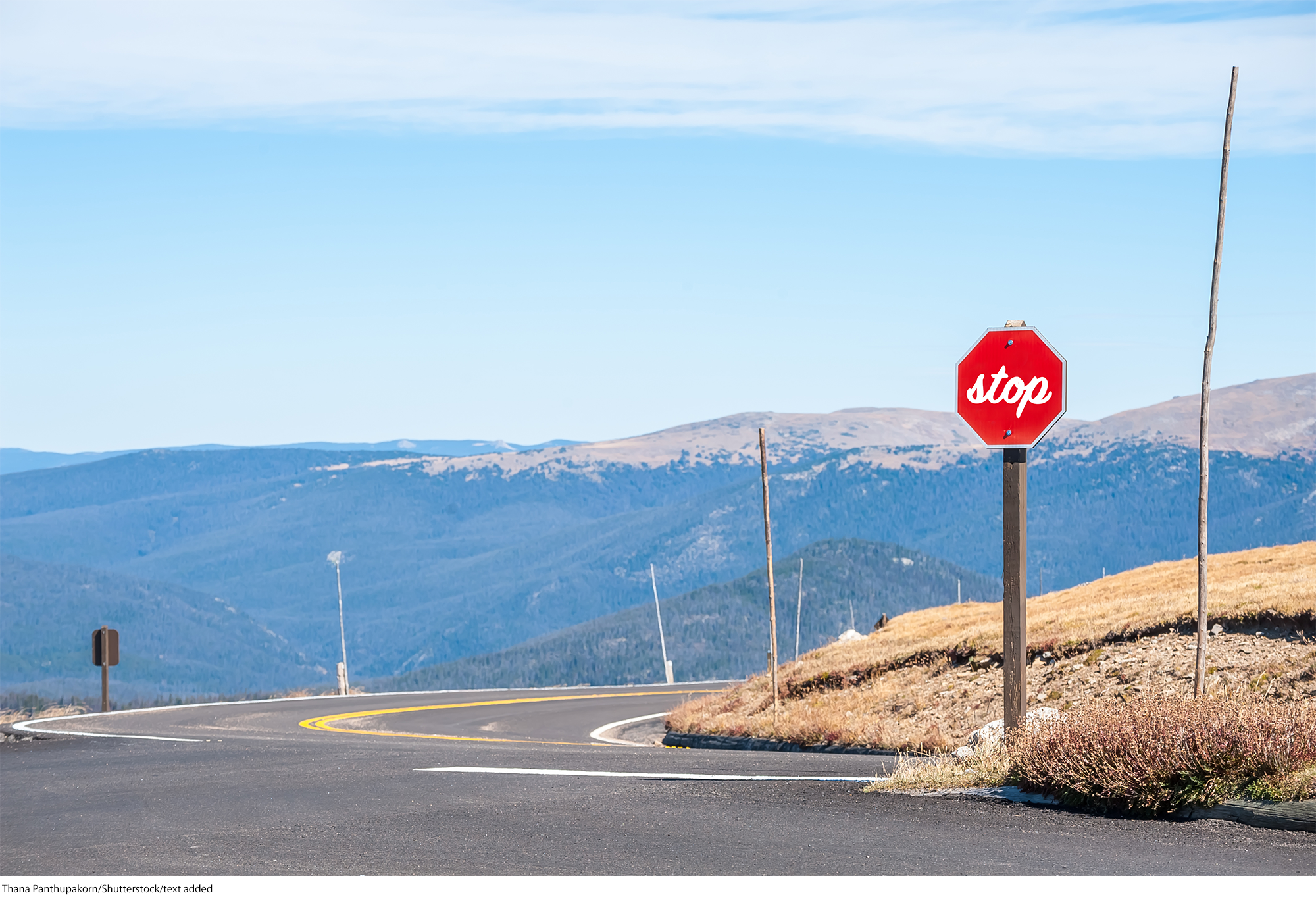
Credit: Thana Panthupakorn/Shutterstock
If you don’t think choices about typeface and color make a difference, check out the impact they have in the context of the familiar “Stop” sign.
Element: Respond
There are numerous elements that compose a multimodal text. Work through the following questions to consider this short film in which a group of Native Americans read Thomas Ryan Red Corn’s poem, “Bad Indians.”
As you work through these questions, you will be analyzing the impact of basic design choices—how different elements come together to create a text—and you will evaluate these choices and their effectiveness.
Element: Respond
Use the space below to answer the following questions.
Element: Respond
Use the space below to answer the following questions.
Element: Respond
Use the space below to answer the following questions.
Element: Respond
Use the space below to answer the following questions.
Element: Respond
Use the space below to answer the following questions.